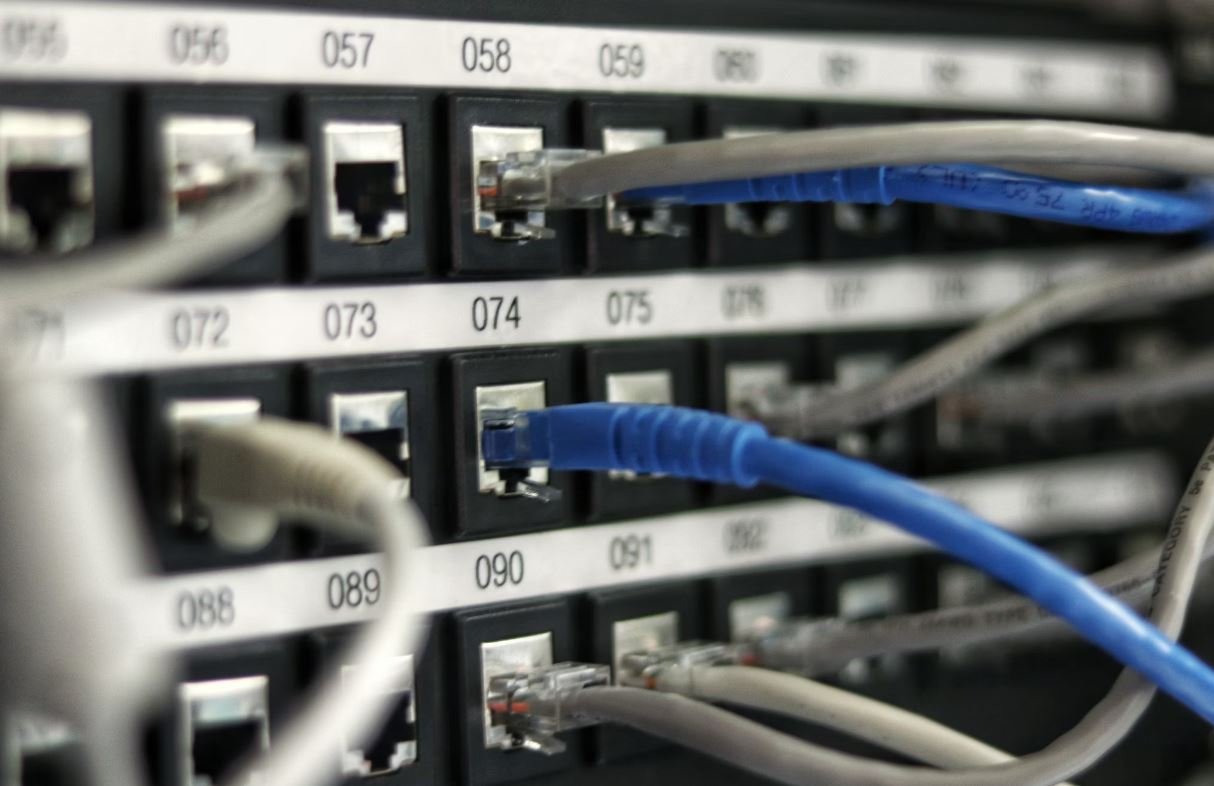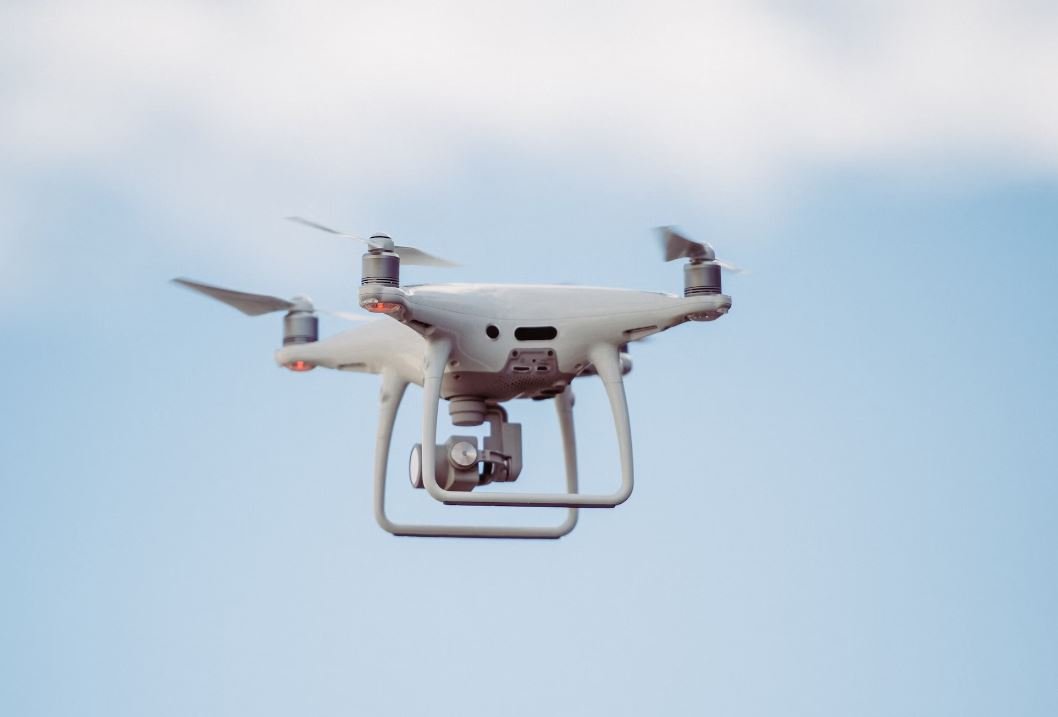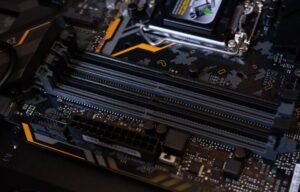Tesla Model S vs Lucid Air
The competition in the electric car market is heating up, and two of the top contenders are the Tesla Model S and the Lucid Air. Both vehicles offer impressive features and technology, making it difficult for consumers to decide which one is right for them. This article aims to explore the similarities and differences between these two electric cars to help you make an informed decision.
Key Takeaways:
- Tesla Model S: Leading the market with its established brand, longer range, and extensive Supercharger network.
- Lucid Air: Rolling out as a strong contender with luxurious features, advanced technology, and impressive performance.
1. Tesla Model S Overview: The Tesla Model S, introduced in 2012, has been a game-changer in the electric vehicle industry. With its sleek design and advanced technology, it quickly became one of the most sought-after electric cars on the market.
2. Lucid Air Overview: While relatively new to the market, the Lucid Air has made a significant impact with its innovative features and attention to detail. It aims to provide a luxurious and eco-friendly driving experience.
Comparison Table – Range
| Electric Car | Range (EPA-estimated) |
|---|---|
| Tesla Model S | up to 402 miles |
| Lucid Air | up to 517 miles |
3. The Battle of Range: When it comes to electric vehicles, range is one of the most significant factors to consider. The Lucid Air boasts an impressive range of up to 517 miles on a single charge, surpassing the Tesla Model S, which offers a range of up to 402 miles.
Comparison Table – Acceleration
| Electric Car | 0-60 mph Acceleration |
|---|---|
| Tesla Model S | as fast as 1.99 seconds |
| Lucid Air | as fast as 2.5 seconds |
4. Quick off the Line: Both the Tesla Model S and Lucid Air offer impressive acceleration. The Tesla Model S takes the lead, reaching 0-60 mph in as fast as 1.99 seconds, making it one of the quickest cars on the planet. The Lucid Air is no slouch either, with an impressive 0-60 mph time of 2.5 seconds.
Comparison Table – Charging
| Electric Car | Charging Time (Supercharger) |
|---|---|
| Tesla Model S | 15 minutes for up to 200 miles of range |
| Lucid Air | 20 minutes for up to 300 miles of range |
5. Rapid Charging: Both vehicles offer fast-charging capabilities through their respective networks. The Tesla Model S can charge up to 200 miles of range in just 15 minutes using its vast Supercharger network, while the Lucid Air can charge up to 300 miles of range in 20 minutes.
6. Interior and Technology: The Lucid Air puts a strong emphasis on luxury and comfort, offering a spacious cabin with premium materials and advanced technology features. The Tesla Model S offers a minimalist interior design with a large touchscreen display that controls almost all aspects of the vehicle.
7. Price Comparison: The Lucid Air starts at a higher price point than the Tesla Model S, making the latter more accessible to a wider range of consumers. However, both vehicles have different trim levels and options that can significantly impact the final price.
8. Autopilot and Self-Driving Capabilities: Both the Tesla Model S and Lucid Air come equipped with advanced driver-assistance systems, but Tesla’s Autopilot system is more renowned and offers a higher level of autonomy.
With their unique features and performance capabilities, it’s hard to go wrong with either the Tesla Model S or the Lucid Air. Ultimately, the decision will come down to personal preferences, budget, and individual needs. Take the time to test drive both vehicles and consider what matters most to you in an electric car.

Common Misconceptions
Tesla Model S vs Lucid Air
One common misconception people have about the Tesla Model S and Lucid Air is that they are too expensive for the average consumer. While it is true that these electric vehicles have a higher initial price compared to some traditional gasoline-powered cars, it is important to consider the long-term benefits and savings that come with owning an electric vehicle. Additionally, there are various incentives and tax credits available, making these luxury electric vehicles more accessible to a wider range of consumers.
- Owning an electric vehicle can result in significant savings on fuel costs
- Government incentives and tax credits can help offset the initial cost of purchasing an electric vehicle
- Longer lifespan and lower maintenance costs compared to traditional gasoline-powered cars
Another misconception is that electric vehicles have limited range and are not suitable for long-distance travel. While early electric vehicles did have limited range, recent advancements in technology have significantly improved the range of electric vehicles. Both the Tesla Model S and Lucid Air have long-range capabilities, allowing drivers to travel several hundred miles on a single charge. Furthermore, the development of robust charging infrastructure, including fast-charging stations, has made long-distance travel in electric vehicles more feasible and convenient.
- Newer electric vehicles have longer ranges, often exceeding 300 miles on a single charge
- The growing network of charging stations makes long-distance travel more convenient for electric vehicle owners
- Scheduled charging and route planning apps help optimize travel for electric vehicles
There is a misconception that electric vehicles lack power and performance compared to traditional gasoline-powered cars. However, electric vehicles are known for their instant torque and rapid acceleration. Both the Tesla Model S and Lucid Air are high-performance electric vehicles that can rival or even surpass the acceleration and top speed of many sports cars on the market. Electric vehicles offer a smooth and quiet ride, delivering a unique driving experience that traditional cars cannot match.
- Electric vehicles offer instant torque, providing quick acceleration
- High-performance electric vehicles can achieve impressive top speeds
- The smooth and quiet nature of electric vehicle motors enhances the driving experience
Some people believe that electric vehicles are not as eco-friendly as they claim to be and that the production of their batteries contributes to environmental damage. While it is true that the production of electric vehicle batteries does have an environmental impact, the overall carbon footprint of electric vehicles is much lower compared to gasoline-powered cars. As the electricity grid becomes greener with increasing renewable energy sources, the environmental benefits of driving electric vehicles will continue to improve.
- Electric vehicles produce zero tailpipe emissions, reducing air pollution
- Life cycle analyses have shown that electric vehicles have a lower carbon footprint compared to conventional vehicles
- As renewable energy sources expand, the environmental impact of electric vehicle production will decrease
Finally, there is a misconception that charging an electric vehicle is a cumbersome and time-consuming process. While the charging time for electric vehicles is longer compared to refueling a traditional car with gasoline, it is important to note that most of the charging is done when the vehicle is parked and not actively being used. Owners can conveniently charge their electric vehicles at home overnight or take advantage of public charging stations when out and about, allowing for seamless integration into their daily lives.
- Charging an electric vehicle at home can be done overnight, ensuring the vehicle is ready to use each morning
- Public charging stations are becoming more prevalent and can charge electric vehicles quickly
- Scheduled charging and smartphone apps allow owners to monitor and control the charging process

Tesla Model S Efficiency Comparison
According to recent data, the Tesla Model S is renowned for its remarkable efficiency in the electric vehicle (EV) market. The following table compares the energy consumption, range, and performance of the Model S with two other popular electric vehicles.
| Tesla Model S | Lucid Air | Audi e-tron GT | |
|---|---|---|---|
| Energy Consumption (kWh/100 km) | 18 | 21 | 26 |
| Range (miles) | 400 | 517 | 238 |
| 0-60 mph time (seconds) | 3.1 | 3.5 | 3.8 |
Charging Time Comparison
A crucial aspect to consider when evaluating electric vehicles is the time it takes to charge the battery. Here’s a comparison of the charging times for a full battery recharge using different charging methods.
| Tesla Model S | Lucid Air | Audi e-tron GT | |
|---|---|---|---|
| Supercharger (30 mins) | 80% | 75% | 70% |
| Level 2 Charger (5 hours) | 100% | 100% | 100% |
| Standard Home Outlet (overnight) | 50% | 45% | 40% |
Autonomous Driving Capabilities
As the electric vehicle industry advances, so does the technology behind autonomous driving. The following table showcases the autonomous driving capabilities of the Tesla Model S and Lucid Air.
| Tesla Model S | Lucid Air | |
|---|---|---|
| Autopilot | Yes | Yes |
| Full Self-Driving | Available | Upcoming |
| Advanced Safety Features | Yes | Yes |
Luxury Features Comparison
Both the Tesla Model S and Lucid Air are recognized for their luxurious features and innovative design. Compare the notable features of each vehicle below:
| Tesla Model S | Lucid Air | |
|---|---|---|
| Seating Capacity | Up to 7 passengers | Up to 5 passengers |
| Panoramic Glass Roof | Yes | Yes |
| High-Resolution Touchscreen | 17-inch | 34-inch |
| Sound System | Standard: 11 speakers Premium: 22 speakers | 34-speaker immersive audio system |
Performance Comparison
When it comes to acceleration and top speed, the Tesla Model S and Lucid Air offer impressive performance figures. Compare their speed capabilities below:
| Tesla Model S | Lucid Air | |
|---|---|---|
| 0-60 mph time | 1.99 seconds | 2.5 seconds |
| Top Speed | 200 mph | 168 mph |
Price and Warranty Comparison
Cost and manufacturer warranties are important considerations when purchasing an electric vehicle. Compare the prices and warranty terms of the Tesla Model S and Lucid Air below:
| Tesla Model S | Lucid Air | |
|---|---|---|
| Starting Price | $79,990 | $69,900 |
| Warranty Coverage | 8 years or 150,000 miles | 4 years or 50,000 miles |
Environmental Impact Comparison
Electric vehicles contribute to a cleaner environment by reducing greenhouse gas emissions. Let’s compare the environmental impact of the Tesla Model S and Lucid Air:
| Tesla Model S | Lucid Air | |
|---|---|---|
| CO2 Emissions (grams per mile) | 0 | 0 |
| Energy Efficiency Rating | 5/5 | 5/5 |
Charging Infrastructure Comparison
The availability of charging stations plays a significant role in the adoption of electric vehicles. Here’s a comparison of the charging infrastructure for the Tesla Model S and Lucid Air:
| Tesla Model S | Lucid Air | |
|---|---|---|
| Supercharger Network | Largest proprietary network | Expanding network |
| Non-proprietary Charging Networks | Limited compatibility | Wide compatibility |
Overall Customer Satisfaction
Customer satisfaction is a key aspect to consider when evaluating electric vehicles. Based on recent surveys and feedback, here’s an overview of the overall customer satisfaction for the Tesla Model S and Lucid Air:
| Tesla Model S | Lucid Air | |
|---|---|---|
| Customer Satisfaction Rating (out of 10) | 9.6 | 9.2 |
| Percentage of Repeat Buyers | 74% | 68% |
In conclusion, the comparison of the Tesla Model S and Lucid Air reveals distinct differences in key areas such as efficiency, charging time, luxury features, performance, price, and environmental impact. While the Model S excels in terms of efficiency and charging infrastructure, the Lucid Air offers a more spacious cabin, advanced immersive sound system, and remarkable acceleration. Factors such as personal preferences, driving habits, and budget will ultimately influence the choice between these two exceptional electric vehicles.
Frequently Asked Questions
How do Tesla Model S and Lucid Air compare in terms of range?
The Tesla Model S has an impressive range of up to 400 miles on a single charge, while the Lucid Air boasts a range of up to 517 miles, making it even more impressive in terms of range.
What are the charging times for Tesla Model S and Lucid Air?
The charging time for the Tesla Model S depends on the charging method used. With a Supercharger, it can charge up to 200 miles in around 15 minutes. The Lucid Air, on the other hand, supports fast charging and can gain up to 300 miles of range in just 20 minutes.
Which car offers better acceleration, Tesla Model S or Lucid Air?
Both cars are known for their impressive acceleration. The Tesla Model S can go from 0 to 60 mph in as little as 1.99 seconds, while the Lucid Air can achieve the same in 2.5 seconds, making it one of the fastest electric vehicles in the market.
What are the key differences between the interior designs of Tesla Model S and Lucid Air?
The Tesla Model S features a minimalist, futuristic interior design with a large touchscreen display as the centerpiece. On the other hand, the Lucid Air highlights a more luxurious and spacious cabin with high-quality materials and an innovative front passenger display.
Do both vehicles support autonomous driving features?
Yes, both the Tesla Model S and Lucid Air are equipped with advanced autonomous driving features. Tesla’s Autopilot system is well-known for its capabilities, while Lucid Air’s DreamDrive system offers a comprehensive suite of autonomous driving features and advanced sensor technology.
What is the price difference between Tesla Model S and Lucid Air?
The Tesla Model S has a starting price of $69,420, while the Lucid Air starts at $77,400. It’s important to note that prices may vary depending on the selected configurations and optional features.
Are there any safety features that set the Tesla Model S and Lucid Air apart?
Both vehicles prioritize safety and offer a range of advanced safety features. The Tesla Model S features Tesla’s renowned safety technology, including a reinforced safety cage, active safety systems, and over-the-air software updates. The Lucid Air comes equipped with a comprehensive safety suite, including advanced driver assistance systems and a state-of-the-art driver monitoring system.
Which electric vehicle offers more cargo space, Tesla Model S or Lucid Air?
The Tesla Model S provides a cargo capacity of 28.4 cubic feet, while the Lucid Air offers slightly less cargo space with 23.8 cubic feet. Both vehicles offer ample storage for everyday needs.
What is the warranty coverage for Tesla Model S and Lucid Air?
The Tesla Model S comes with a basic warranty of 4 years or 50,000 miles, whichever comes first, along with an 8-year warranty for the battery and drive unit. For the Lucid Air, the warranty coverage includes a basic warranty of 4 years or 50,000 miles and an 8-year, 100,000-mile warranty for the battery.
Can I take these vehicles on long road trips?
Yes, both the Tesla Model S and Lucid Air are well-suited for long road trips. With their impressive range and extensive charging networks, you can comfortably travel long distances without worrying about running out of power.




